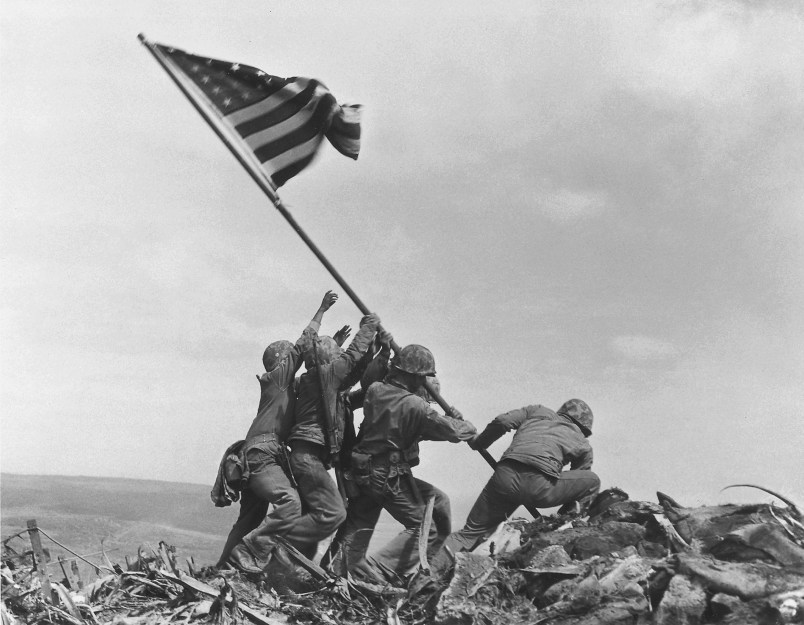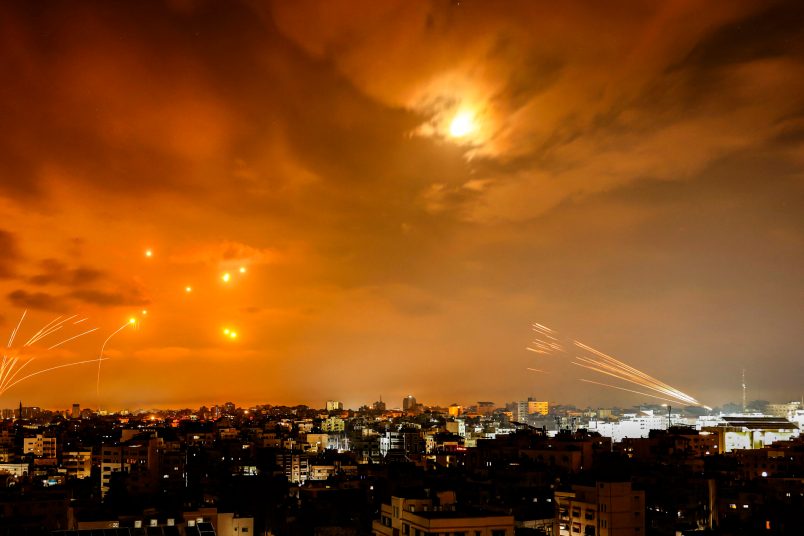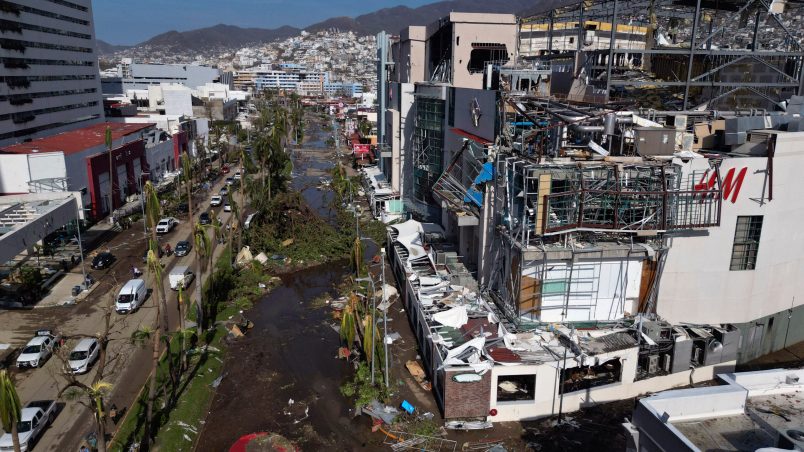It is perhaps the most iconic American photograph of the 20th century.
On February 23rd, 1945, US Marines captured Mount Suribachi, a key strategic objective in the Battle of Iwo Jima, a tiny Volcanic island approximately 750 miles south of Tokyo. Contrary to a widespread but erroneous belief, the photograph was not staged. Marines under the command Lieutenant Colonel Chandler Johnson had raised a smaller flag shortly after the position was taken just after 10 AM on the 23rd. But Johnson believed the flag was too small to be seen at a distance and had a second, much larger flag raised later the same day. Three of the six men captured in the image would be killed in action on Iwo Jima over the next four weeks – Harlon Block, Franklin Sousley, and Michael Strank. The three survivors were Marines Rene Gagnon and Ira Hayes, and Sailor John Bradley. The island was declared secure on March 26.
As this more recent photograph shows, Mount Suribachi dominates the island and was thus a key strategic objective of the initial assault.

The photograph was taken by a young Associated Press photographer, Joe Rosenthal. He would later be awarded a Pulitzer Prize for the photo.

Joe Rosenthal, AP
There was initial confusion about the fates and names of the men pictured in the iconic photo. This early infographic, contained incorrect names for some of the six men.






